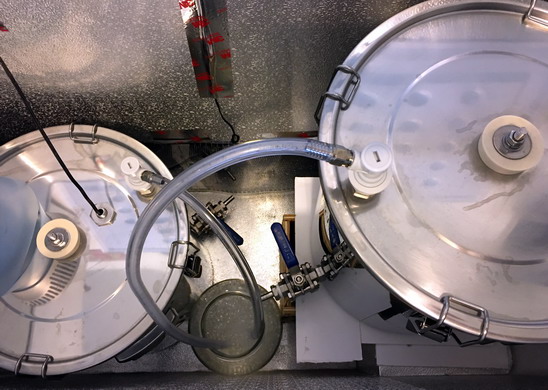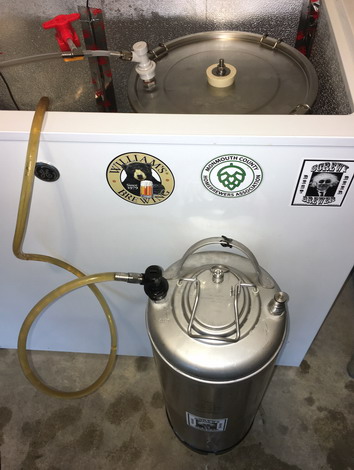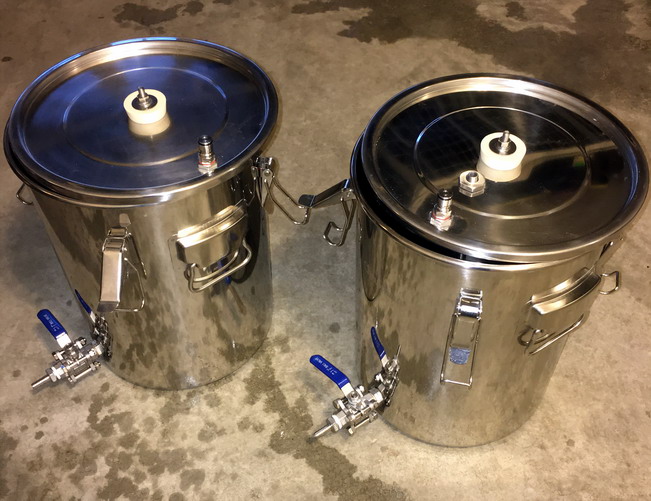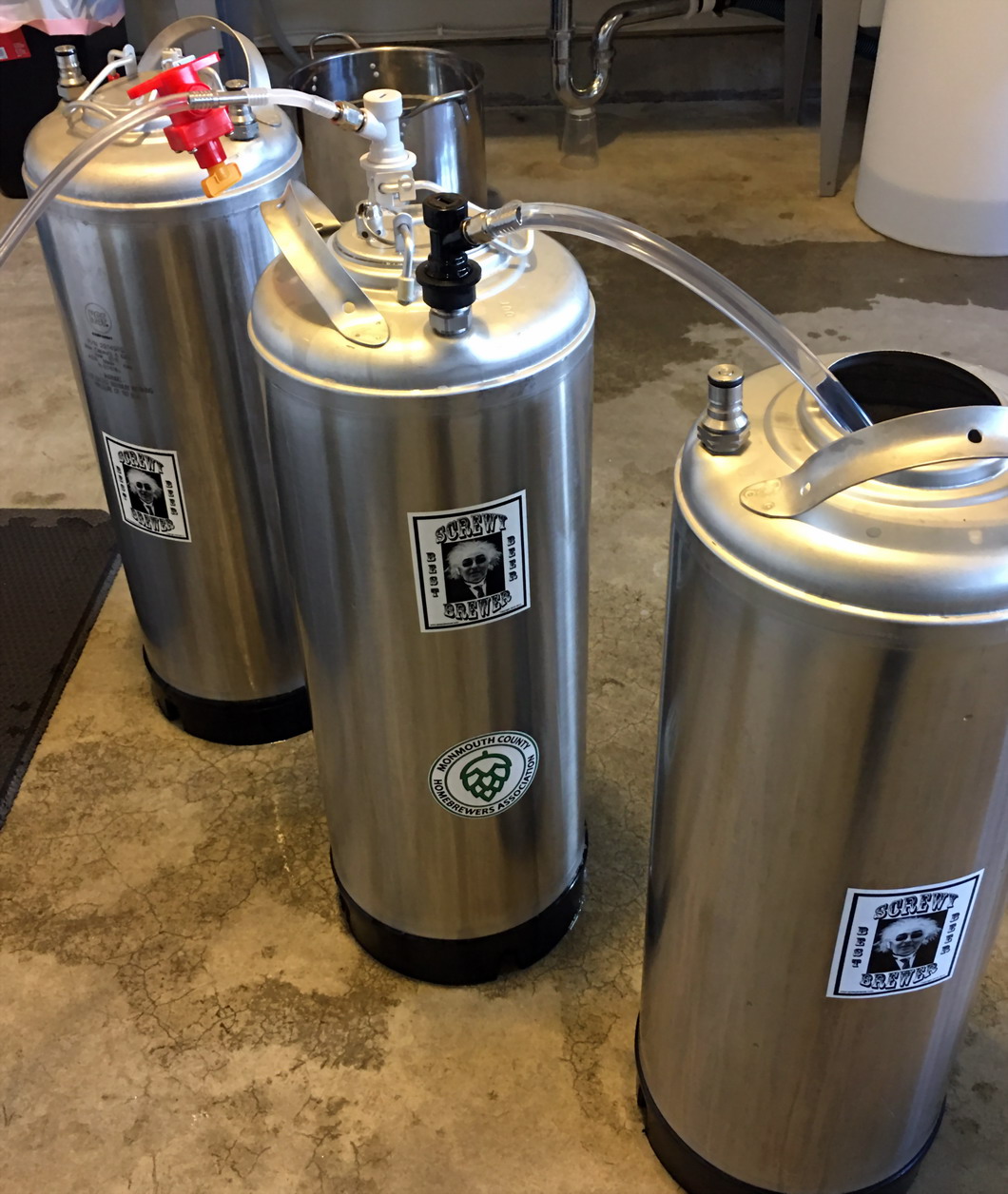@Haole when doing closed transfers using 2-3 psi of Co2 neither of the seven gallon univessle fermenters leak. Although I can see where the fourteen gallon model is more likely to leak. The seven gallon model is twelve inches in diameter where the fourteen gallon model is seventeen inches in diameter. A worthwhile change Chapman could make is to add a fifth buckle clamp to their larger fermenter in the future.
I have a second batch, a Spruce Tip Honey Amber Ale, bubbling away like mad now.

I have a second batch, a Spruce Tip Honey Amber Ale, bubbling away like mad now.




![Craft A Brew - Safale S-04 Dry Yeast - Fermentis - English Ale Dry Yeast - For English and American Ales and Hard Apple Ciders - Ingredients for Home Brewing - Beer Making Supplies - [1 Pack]](https://m.media-amazon.com/images/I/41fVGNh6JfL._SL500_.jpg)


































































